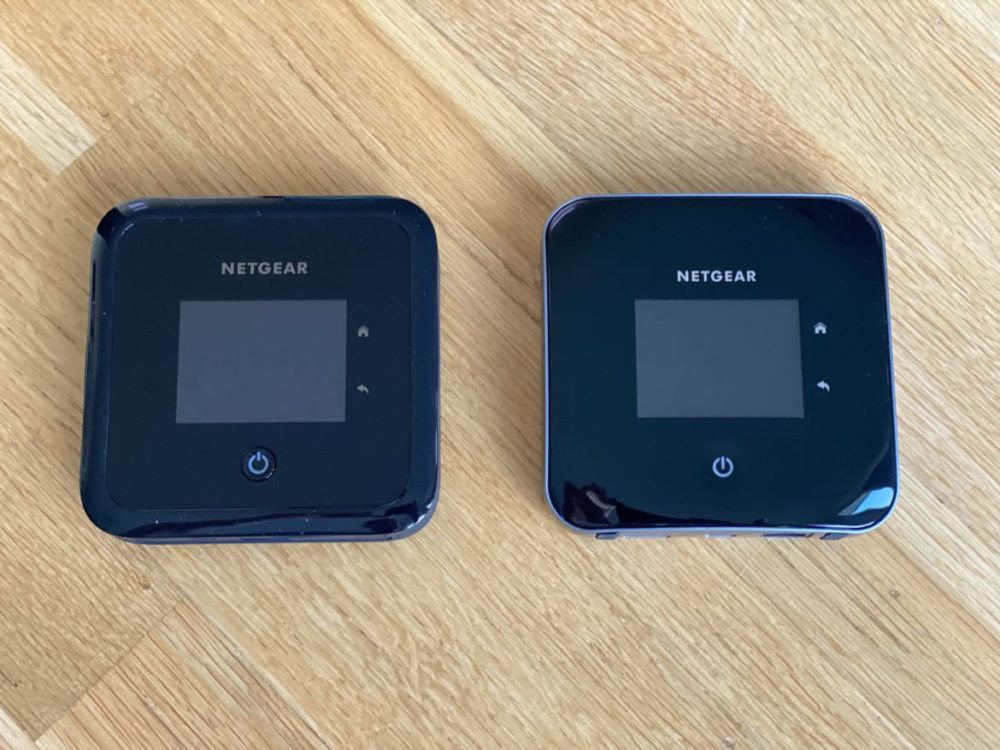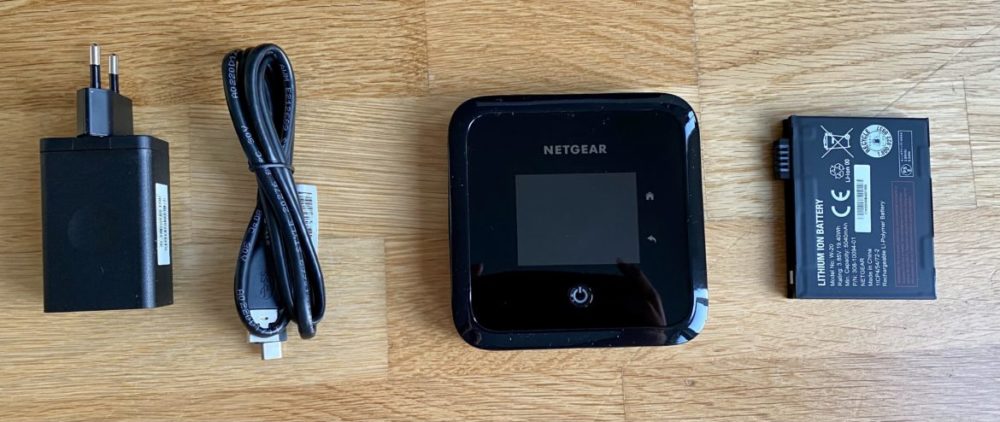TL;DR
The Netgear Nighthawk M5 is a premium 5G mobile router packed with Wi-Fi 6 tech, aiming to deliver next-gen speeds. It looks similar to older models but drops the USB-A port. While it can hit impressive speeds when 5G coverage is good, widespread Swedish 5G is still patchy, meaning you'll often fall back to 4G. It's a future-proof investment if you're in a strong 5G area or expect rapid upgrades, but the high cost means many might find it overkill for current 4G speeds. Discover if this cutting-edge router is worth the splurge for your needs by reading the full review!
The Netgear Nighthawk M5 with 5G offers a compelling solution for next-generation mobile data connectivity. While 4G (LTE) is now widely deployed in Sweden, with some remote areas still relying on 3G or experiencing limited coverage, its typical speeds of 10-250 Mbit/s are often sufficient for current demands. However, 5G promises significantly enhanced performance, including theoretical speeds up to 1 Gbps, reduced latency, and improved support for the increasing number of connected devices (IoT). Netgear has positioned itself at the forefront of this technology, and the Nighthawk M5 mobile router integrates both 5G and Wi-Fi 6 capabilities – accompanied by a premium price point. This review presents our evaluation of its performance and overall value.

The M5’s external design bears a strong resemblance to Netgear’s previous-generation M2 mobile router. The dimensions are comparable, and the M5 also omits the USB-A port found on the M2, potentially limiting compatibility with legacy devices such as external hard drives and printers. The user interface is also similar, and the router remains easy to set up and configure for internet sharing using a nano-SIM card.
Given the M2’s perceived size in 2019, the M5’s form factor raises questions, especially considering its price, which currently approaches 8,000 SEK. 5G deployment in Sweden is progressing, albeit slowly, with coverage remaining sporadic, even in Stockholm. During testing in the Södermalm area, we observed fluctuating 5G reception, with signal strength varying significantly within short distances. It’s important to note that this router operates on the sub-6 GHz frequencies of 5G, which prioritize range over maximum speed. In optimal conditions (outdoors), we achieved speeds exceeding 700 Mbit/s for brief periods, matching the performance of our 700 Mbit fiber connection. However, these results were inconsistent, emphasizing the need to carefully assess 5G coverage in your intended usage areas to ensure the router meets your performance expectations.

From a technical perspective, the router performs admirably. It automatically checks for firmware updates and leverages Wi-Fi 6 (compatible with both 2.4 GHz and 5 GHz bands) to capitalize on the increased bandwidth offered by 5G. The core question is whether the M5’s advanced capabilities are premature given the current state of 5G deployment. Coverage outside major urban centers remains limited, and even within cities, consistent connectivity is not guaranteed. While 5G subscription prices are becoming more competitive, our testing revealed that 5G connectivity was only available a fraction of the time, with the device frequently falling back to 4G or even 3G/2G networks. In such scenarios, the advanced features of the router and the 5G subscription may be underutilized for many users.
For users with reliable 5G access, the M5 presents a compelling alternative to fixed broadband connections, potentially offering higher speeds at a lower cost. The M5 supports up to 32 connected devices, suitable for most homes or small businesses. The M2 supported 20 devices and offered slightly less range.

However, the high price point raises concerns. Investing in the M5 is akin to purchasing a high-performance vehicle primarily driven at limited speeds. Users with a sufficient number of Wi-Fi 6-compatible devices may experience improved coverage and performance with the Netgear M5 even on 4G networks. However, the full potential of the device will only be realized when 5G coverage expands and becomes more reliable, particularly in urban areas. At that point, the M5 could represent a viable alternative to fiber connections, offering comparable capacity (e.g., Tele2’s 1300/1000 fiber) at a potentially lower monthly cost. Currently, fiber connections offer more consistent performance compared to 5G, which can be subject to fluctuations based on environmental factors and network congestion.
The stated battery life is 12 hours, but this figure likely represents optimal conditions. During a car journey with four connected devices and fluctuating coverage, our fully charged router lasted slightly over half that time before requiring a recharge (easily accomplished via the included USB-C cable). While acceptable for many scenarios, the battery life is not exceptionally impressive. Note that 5G connectivity typically consumes more power than 4G.

Summary: Netgear Nighthawk M5
The Netgear Nighthawk M5 is a high-performance mobile router ideally suited for users who require the fastest and most reliable mobile broadband connectivity currently available and anticipate upgrading to 5G in the near future, while also seeking Wi-Fi 6 support. Its premium features and performance command a premium price. For many users, the M5 may represent a luxury item, offering theoretical performance that exceeds their current needs. However, for those seeking to optimize their 4G mobile connection and prepare for the widespread adoption of 5G, the M5 offers compelling features and future-proof capabilities.

